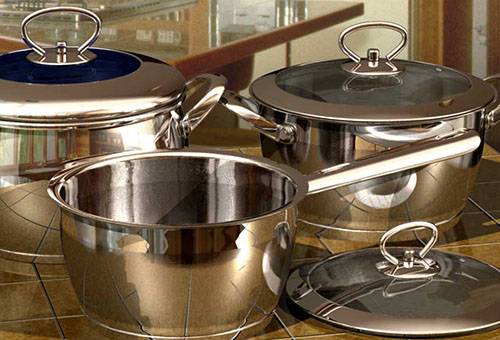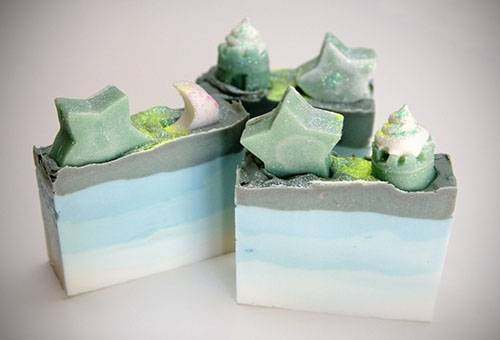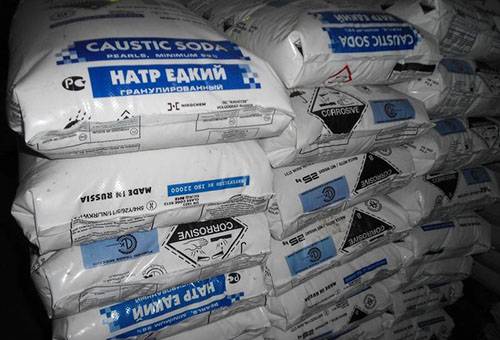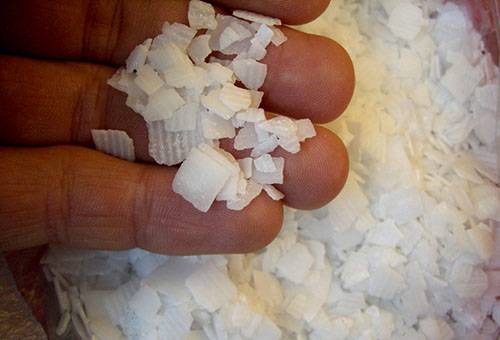Tips for using caustic soda at home
The use of caustic soda in everyday life is due to one of its properties - to neutralize fats and other organic contaminants. It is the ability to dissolve congestion from dirt and organic accumulations that helps to cope with sewer cleaning in the private sector and apartment buildings. In addition, caustic soda (caustic soda, sodium hydroxide, caustic) is also used to make soap with your own hands at home.
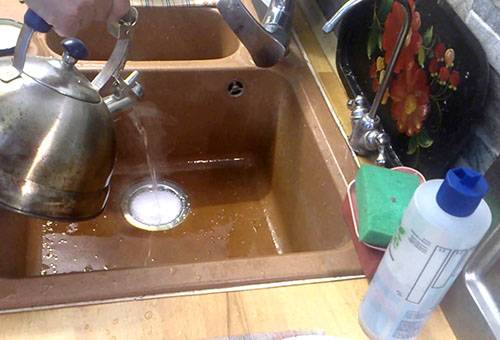
Cleaning drain pipes and sewers with caustic soda
There are two ways to clean the drain in a sink, bathtub or shower, as well as a toilet or sewer system in a private home. The first is more suitable for cleaning drains in the sewer system of a private house, the second is for cleaning siphons and drain risers in high-rise buildings. Instructions for use, 1st option:
- 2 kg of caustic soda is poured with cold water (4 l);
- the resulting solution is poured into the sewer;
- It is not advisable to drain the water for about an hour: during this time, caustic soda breaks down fats and other organic matter.
- after an hour, add water (12-15 liters) at a temperature of 85-90 ºC.
With regular cleaning of sewer pipes using this method, the house is guaranteed to be free of unpleasant odors from the pipes, which appears due to the decomposition of food debris and other biological substances. Instructions for use, 2nd method:
- up to 150 g of caustic soda is poured into the neck of the sink or bathtub;
- then carefully pour up to 2 liters of hot water onto the powder;
- after 5-10 minutes, hot water is refilled;
- Do not allow water to enter the neck for about an hour.
Advice
Caustic soda can be used after cleaning pipes with acidic substances to neutralize aggressive effects.
Cleaning pots
Since sodium hydroxide copes well with fatty stains, it is used for cleaning pans, pots and other kitchen utensils. It is worth immediately noting that this application is not suitable for cookware made of aluminum or Teflon. but it brings enameled, cast iron and steel pans to perfect condition. For this procedure you need:
- Pour water (at least 10 liters) into a large metal container;
- add caustic soda (200 g);
- add 1 bar of grated laundry soap;
- pour in 150 g of office glue (liquid glass);
- mix everything well and place the dishes into the resulting mixture;
- bring to a boil and keep on low heat for another 2 hours;
- take out the cleaned dishes and wash them well under running water.
Advice
In the same way, you can deal with old fat on plates, only the boiling time is reduced to 10 minutes.
Soap making
Caustic is used in another area - for soap making. Its use is mandatory, since caustic soda is the main ingredient in soap:
- caustic soda;
- vegetable oil;
- essential oil;
- purified (distilled) water.
There are many soap recipes in which the proportions vary and specific ingredients are added (this is the secret of soap making), but using the basic ingredients, you can experiment and make your own soap. To do this, the caustic is combined with water, and vegetable and essential oils are added to the solution.Mix the ingredients until a homogeneous mass is obtained, then pour it into molds, where it hardens within a day.
Advice
For cosmetic purposes, you need highly purified caustic soda. It can be purchased at soap makers' stores.
Caustic soda storage and precautions
To figure out how to properly store caustic soda at home, you need to find out what it is. What is caustic soda? First of all, this chemical is a strong alkali that causes burns. Therefore, both the solution and the powder must be kept out of the reach of children, in a tightly closed container with an appropriate label. Also, caustic is a flammable and explosive substance, therefore, it should be kept away from heating devices and open flame sources.
Caustic soda is stored in airtight containers: powder in paper bags or plastic jars, and liquid in dense polyethylene containers with a rubber stopper. The shelf life of both liquid and granules is 12 months. A self-prepared 3% solution can also be stored for up to 12 months, but before use you need to check whether a precipitate has formed. If flakes are observed in the solution, it may have been converted to potassium carbonate and lost its properties. The transparency or opacity of the container does not affect the properties of the caustic in any way.
When working with sodium hydroxide, you must take the following precautions:
- work with rubber gloves;
- protect eyes and mucous membranes from contact with chemicals;
- do not allow it to get inside.
If caustic does get on your skin, you should immediately rinse it with running water.In case of accidental ingestion or contact with the eyes, it is better to consult a doctor immediately, as this can cause serious vision problems (death of corneal tissue) or burns of the larynx and esophagus, as well as the stomach.
A few more different facts
Caustic is also used in everyday life for other purposes.
- For disinfection on farms in case of dangerous infectious diseases in livestock, the premises are treated with a 4% solution of sodium hydroxide. Animals are removed during processing.
- When cleaning rust from a metal surface with acid, caustic is the main ingredient for passivation. After treatment with acid solutions, the metal is treated with a mixture of formaldehyde, caustic soda, ammonium and water.
- For removing stubborn grease or fuel oil stains from clothing. Things are soaked for 2 hours in water with the addition of a 2% sodium hydroxide solution - 1 tbsp. spoon per liter of water. After this they are washed in the usual way. If washing by hand, rubber gloves must be worn.
Attention!
The method of removing stains with caustic soda is not suitable for silk and woolen fabrics. In a 10% caustic solution they dissolve without a trace, but a lower concentration will cause significant damage to these tissues.
